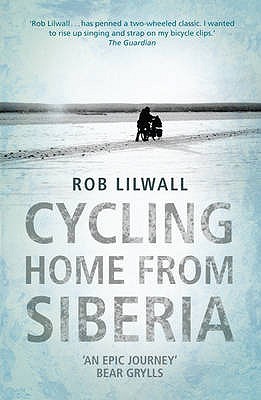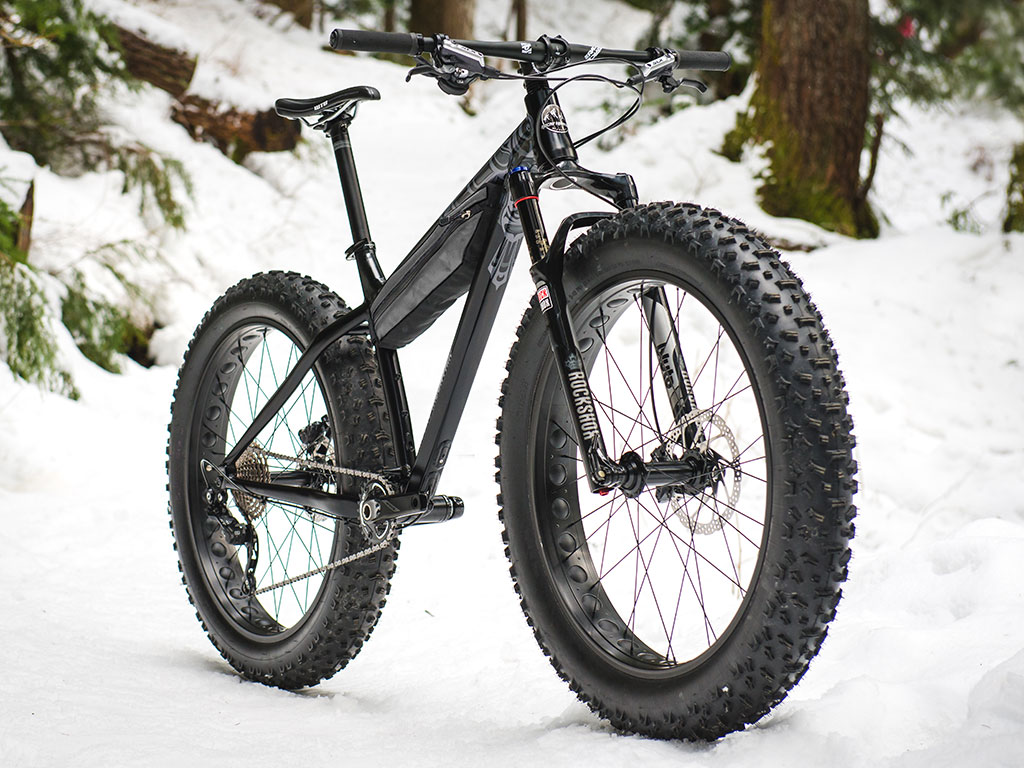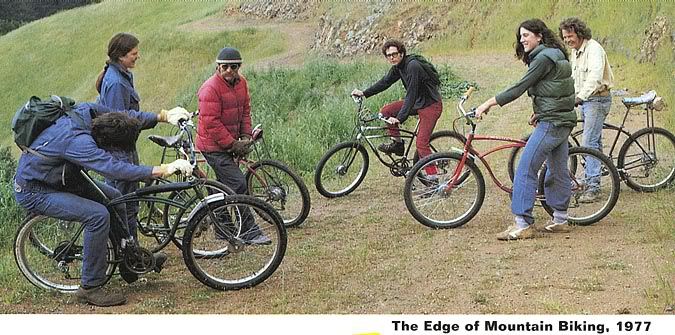Who is "Johnny"?
First off I want to say that I'm not the type of person to go off on a tangent about my life's story, especially to people I don't know on a blog. So even with this little insight into who I am there is nothing more personal about me than what's already available online. I don't want to be at the center of my own writing material, because that would seem self serving. However, I do think readers should know a little bit about me, how I came to enjoying cycling so much and why I started this blog.
My real name is Jonathan. Johnny is a version of my name friends and family would call me when I was growing up, so that is also my alias I go by for my blog. I'm almost 30 years old and I have been living in North Texas for most of my life. I am originally from a small mountain town in Puerto Rico, full of historic charm, friendly people and an old school approach about doing things. I moved to Texas when I was a little boy and had to assimilate to the English language quickly. My first language is actually Spanish, even though I can't speak it as well as I used to. I am also fluent in Portuguese.
My love for bicycling started at around the age of 5. I used to ride a big wheeler down the hillside of my grandparent's farm and would spend hours walking the bike uphill then coasting down it. When I came to Texas in 1990, my parents bought my brother and I our first bikes. Our bikes were blue, Murray BMX bikes with coaster brakes. I did not learn how to ride my bike with training wheels, rather my dad took us to a field and let us coast down a hill there, letting let the trees break our fall. It was a tough way to learn how to ride a bike, however I am thankful for my Dad for taking the time to teach me and not making me a wuss by overprotecting me the way some parents do with their kids nowadays.
I got my first mountain bike in 1997-98. By the age of 14 my Dad, my brother and I would ride all around the cities of Euless and Arlington, sometimes even going as far as Bedford, another town nearby. We all rode rigid Huffy mountain bikes with either thumb shifters or grip shifters. My Dad had a neon green and marble gray Huffy Stone Mountain that he bought new in 1990. Mine was a gold Huffy with grip shifters and my brother's bike was a red and black huffy with cantilever brakes ( I always thought my brother's cantilever brakes looked cool and that he had the "real" bike). My dad actually gave me my first real experience at road riding. Thanks in large part to him I have always seen cycling on the street as a natural thing to do.
I was around 15 when I rode at a mountain bike trail for the first time. A kid in the neighborhood, Stephen Ritter and his eccentric dad Doug were the first people to get me into using my mountain bike on the trails. I remember how good Steve was at riding as well as how much I sucked back then. The bike didn't do me any favors either, as it was a 40 pound Huffy with a single piece crankset and inadequate gearing. Either way I rode the crap out that bike, on and off the mountain bike trail. It ultimately met it's doom on a rocky trail after I had been chased by a bull that had come loose off someone's farm.
2007 to Present
After I wrecked my first mountain bike while mountain biking, I bought another mountain bike a few years later. It was a Mongoose DH 2.5 full suspension bike from Sports Authority. I was 16 to 17 at the time and worked at a grocery store. Sports Authority used to do a once a year sale where they marked their bikes at 99 dollars, which was just what I could afford then. It wasn't the most quality bicycle to say the least. The shocks bounced around like a trampoline and one night it ended up throwing me over my handlebars, resulting in 3 broken teeth. A few years later it was stolen from outside my apartment ( I was tired of it and sort of left it outside in front of my apartment for too long).
After I turned 22 I was looking for an exercise that I could do without having to join a gym and that was going to keep me in good shape for a long time. It would have to be an activity that I could do alone, something that I could do on days when I was bored of running (yes, I was a runner back then, a good one at that). Running tended to leave me with knee pain and I was also looking for something that would not aggravate my knee any further. Then I read "It's not about the bike" by Lance Armstrong. I also started to pay close attention to the Tour De France and saw the kind of shape the guys riding their bikes where in. They seemed boyish to me even though they were grown men and the extra weight that would have normally been around their abdomen and shoulders was absent. I decided that road cycling was the sport that I wanted to do and that summer I bought my first road bike.
Since 2007 I have been actively riding a bike, whether a road bike or a mountain bike on the trail. What started with one bike became a hobby and even at one point a job, as I have worked at several bike shops. In between that I got married and had a family and yet I still find a way to stay active with cycling despite my life's changes. Around 2009 I started buying, fixing and selling used bicycles. That is where the idea of writing a blog came from. I wanted to share tips on how to repair used bikes for people who were either tired of being overcharged at the bike shop for a flat tire or were also flipping bikes for profit. I also found that there were vintage bicycles that were completely different from anything that is made today. I have always had a draw to vintage and classic things, from cars to motorcycles to clothing. It seemed like a natural progression for me to get into vintage bicycles as well. For a time I was involved in restoring old bicycles, but that has since faded out with time constraints and other obligations. I will still refurbish vintage bicycles as long as they are "mostly there" meaning only needing the most basic services to get them running again.
Some of my cycling milestones include two metric centuries and one real one of 102 miles this year. In addition to that I have also done long rides with friends from 50 to 70 miles at a time. I have averaged as fast as 18 to 19.5 miles an hour over the course of 20 to 30 miles on a 1980's steel road bike with downtube shifters. Since I don't really use Strava I don't have any real data to share, so sorry Stravaphiles. Among my friends I am the fast guy, the guy that will pull someone back up to the pack if they fall behind, the guy that sprints uphill on a breakaway, yeah that's me.
Some other things that I'll share about myself are that I have always enjoyed art and photography. I had a stint as a wedding and event photographer and have held pretty much every kind of manual job out there with the exception of Alaskan crab fishing. I like all sorts of music, however the music that I can relate to the most was made in the early 2000's by bands like U2, the Dave Matthews Band, Five for Fighting, The Script; pretty much this was the soundtrack of my young adulthood, as well as Reggae music. I can ollie a skateboard and can still do a pop shove it, although I am out of practice. I once swam across a lake in Germany and saw an old, fat lady get naked (just throwing that out there). I am very health conscious and I see living a healthy lifestyle not as a burden but as an obligation I have to myself and others. To me there is nothing more burdensome than sick individuals who put themselves in that situation and leave it up to their families to take care of them. Although I do not have a stellar diet or sport a six pack, I watch what I eat and try to make healthy choices if I see myself eating too much junk food. It's something that I try to practice and encourage other loved ones to do as well. I also have personal views on things that I don't share about on this blog and not all my blog posts reflect my personal views. I hate being politically correct but I do it a lot on this blog as well as in my personal life. I like my coffee strong in the mornings and mid-afternoons. Yep, that pretty much about sums it up.






















